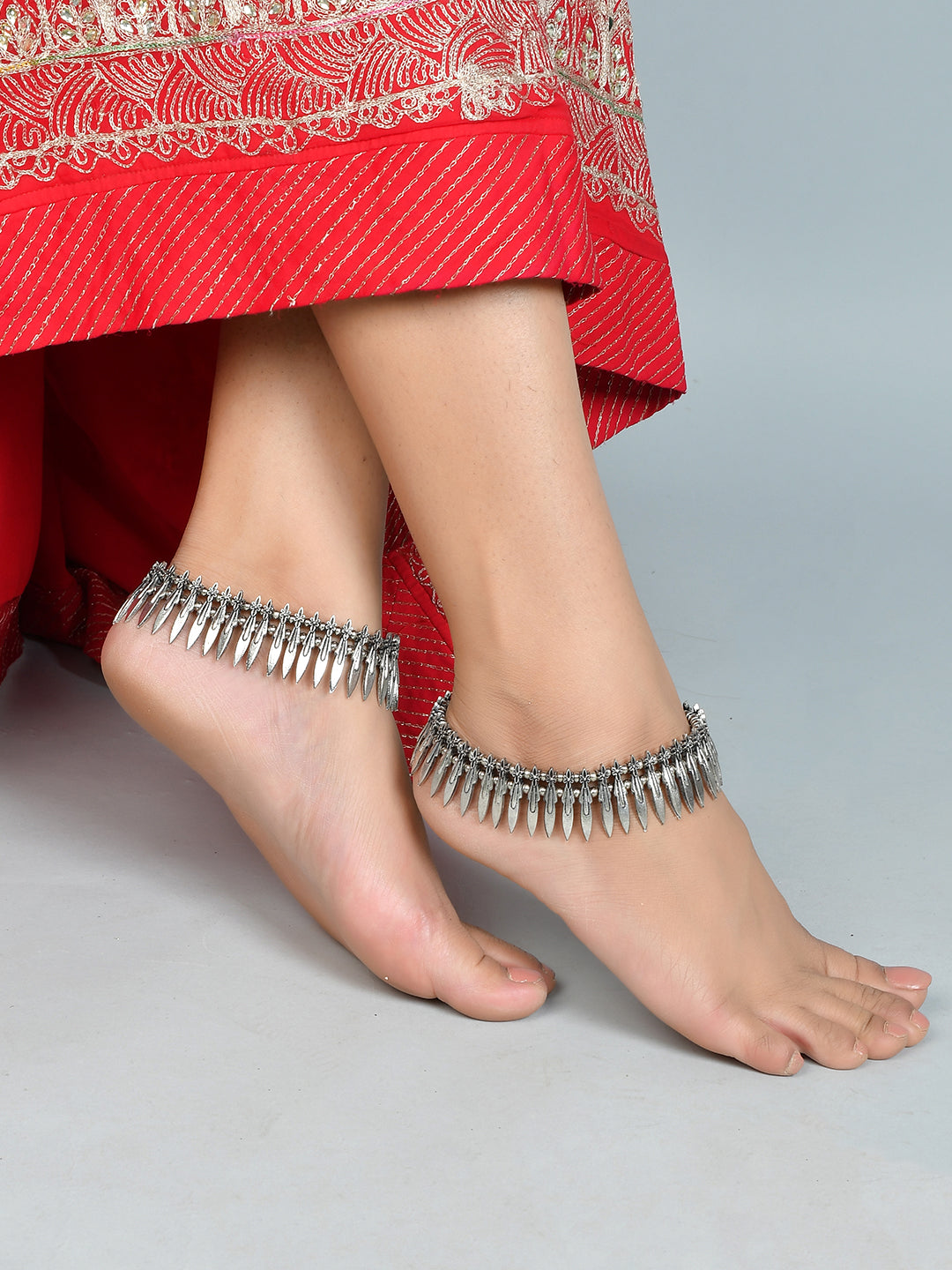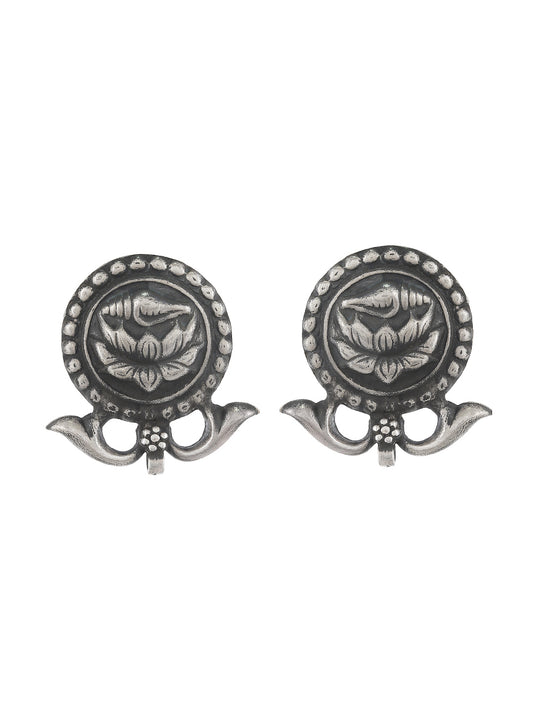Anklets, those delicate and beguiling adornments that grace the ankles of women, hold within them a captivating history and a world of hidden meanings. Beyond their shimmering façade lies a tapestry of cultures, traditions, and personal expressions that have been woven over millennia. From the ancient civilizations of Egypt and India to the modern runways of the West, these anklets have transcended their role as mere jewelry, evolving into powerful symbols of femininity, spirituality, and societal status.

An Echo from the Past: The origins of women's anklets trace back to the distant echoes of antiquity. In the sun-soaked landscapes of ancient Egypt, anklets adorned the feet of both pharaohs and commoners alike. These ornate bands of precious metals were not only symbols of wealth and beauty but also signifiers of spiritual connections. Across the sands of time, India's intricate dance forms like Bharatanatyam breathed life into anklets, elevating them from mere accessories to instruments of rhythm and grace. The legacy of Greece and Rome was no different, where anklets adorned with gemstones and metals became insignias of privilege and distinction.

Whispers of Symbolism: Anklets are more than just jewelry; they are whispers of symbolism that resonate through generations. The anklet's placement on the ankle, an area of delicate allure, has long invoked connotations of sensuality and femininity. A symphony of meanings dance around these subtle circles of beauty. Marital status finds its voice here, where married women might let their anklets chime, proclaiming their commitment, while unmarried women might let them jingle, a playful call to potential suitors. Spiritual significance threads through cultures, uniting anklets with the sacred and the divine. The Hindu culture of India intertwines anklets, or "payals," with deities and ritualistic dance, deepening their aura of holiness.

Diverse Tapestry of Cultures: From the bustling streets of India's vibrant cities to the sands of the Middle East's deserts, anklets have etched their presence across diverse cultures. In the heart of the Indian subcontinent, each state weaves its anklet tale, an ode to its unique identity. Bedouin communities in the Middle East have turned to anklets, crafted from silver, as amulets of protection against malevolent spirits. Southeast Asian countries have embraced anklets as part of their traditional attire, a manifestation of reverence and beauty in cultural celebrations. The West, too, has felt the anklet's allure, integrating it into its fashion lexicon with a relaxed and coastal vibe.

An Evolution into Modernity: As time flowed, anklets experienced their own metamorphosis, adapting to the shifting currents of fashion and society. From traditional designs rooted in history to contemporary creations, anklets have become canvases of individual expression. In modern times, anklets are no longer confined by tradition but rather molded by personal stories. Engravings and symbolic charms turn these delicate chains into personal talismans, a testament to one's journey and beliefs.

Conclusion: A Timeless Tale Worn with Grace: In the ceaseless ebb and flow of time, women's anklets stand as a timeless tale, etched in metal, gemstones, and beads. They are more than an adornment; they are windows into cultures, carriers of tradition, and mirrors reflecting personal stories. An anklet's melodic jingle, whether on the polished floors of an Indian temple or the sandy shores of a Western beach, whispers the history of civilizations, the strength of femininity, and the power of personal identity. In this world where trends flicker and fade, the anklet's glow remains unwavering, a luminous thread that binds past, present, and future in an enchanting embrace.





